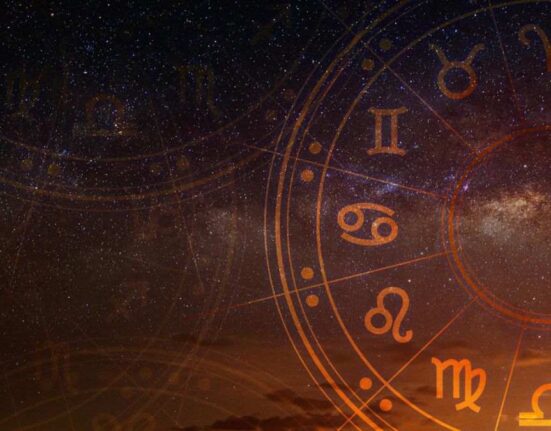ISRO is on the verge of creating another historic moment as it prepares to launch Chandrayaan-3, its third lunar exploration mission. The launch is scheduled to take place at 2:35 pm on Friday from the Satish Dhawan Space Center in Sriharikota, Andhra Pradesh, India.
The mission follows Chandrayaan-2 where scientists aim to demonstrate various capabilities including reaching the orbit of the moon, making a soft-landing on the lunar surface using a lander, and a rover coming out of the lander to study the surface of the moon.
According to scientists, after the lift-off at 2.35 pm on Friday, around 16 minutes after lift-off, propulsion module is expected to get separated from the rocket and would orbit the earth for about 5-6 times in an elliptical cycle with 170 km closest and 36,500 km farthest from earth moving towards the lunar orbit.
To witness the event live, you can watch the streaming of the launch on ISRO’s official website and YouTube channel.
The mission’s main objectives are:
- To demonstrate safe and soft landing on the lunar surface
- To demonstrate rover roving on the moon and
- To conduct in-situ scientific experiments
The module will take approximately a month to reach the moon from the time of launch. The landing is scheduled for August 23-24, although this may change depending on when the Sun rises over the moon. If there is a delay, ISRO will reschedule the landing for September.
The previous ISRO chairperson K. Sivan has described the descent as “15 minutes of terror”.
Once on the lunar surface, the lander, called ‘Vikram’ (after Vikram Sarabhai), will deploy its four scientific payloads to study the moon’s surface temperature and subterranean characteristics. The module has an instrument called the ‘Spectro-polarimetry of Habitable Planet Earth’ (SHAPE), which will collect data about the light emitted and reflected by the earth.
The rover, called ‘Pragyan’, will study the lunar surface using chemical and visual tests as it roves around.












